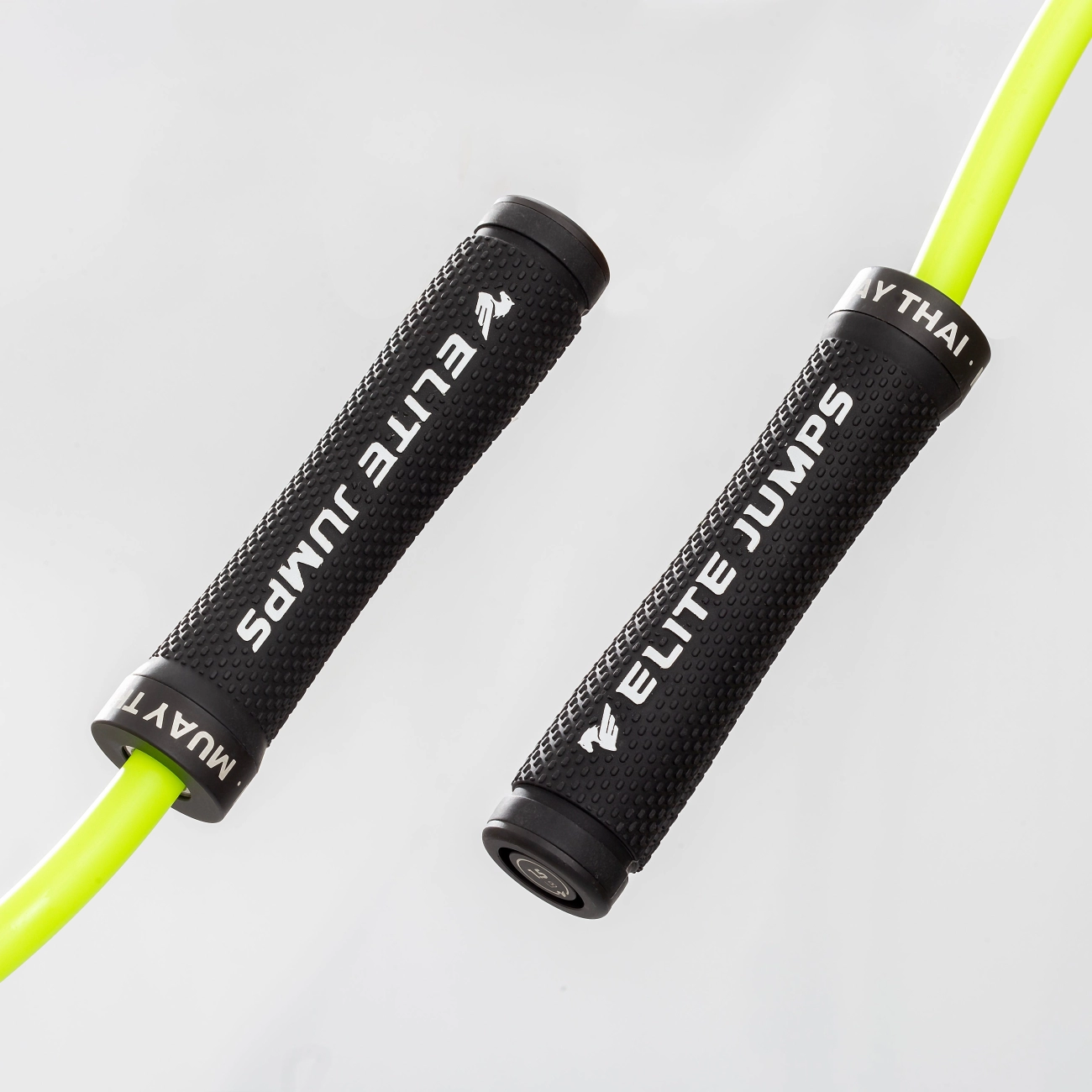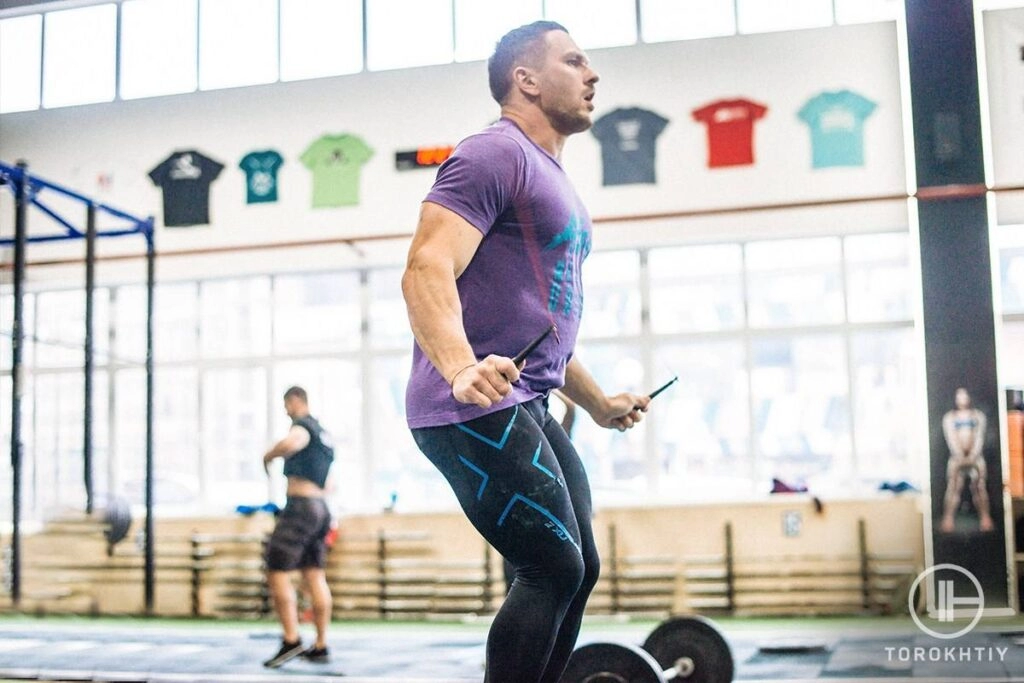Are you wondering if jump rope can take your running performance to the next level? You’re not alone. Runners everywhere are discovering how skipping can boost endurance, speed, and agility. As a fitness enthusiast, I’ve seen firsthand how jump rope training transforms running efficiency and overall strength. In this guide, you’ll uncover the science-backed benefits of jump rope for runners, practical tips to integrate it into your routine, and why it’s a game-changer for your training. Let’s jump in!
The Relationship Between Jump Rope and Running
Jump rope training and running are closely connected activities that share a lot in common. Jump rope complements running by targeting key physiological elements like cardiovascular endurance, leg strength, and coordination—all essential for improving running performance.
How Jump Rope Training Supports Running
Jump rope workouts mimic many of the demands running places on your body:
-
Cardiovascular Endurance
Both jump rope and running require sustained heart and lung efficiency. Skipping rope regularly boosts your cardiovascular fitness, helping you maintain a steady pace during runs and improve your VO2 max.
-
Leg Strength and Power
Jump rope strengthens calves, ankles, and lower leg muscles. These muscles are crucial for push-off power and shock absorption during running, which helps improve stride length and running economy.
-
Coordination and Timing
The rhythm and timing needed for effective jump rope training enhance neuromuscular coordination. This coordination translates to smoother, more efficient running strides, reducing wasted energy.
Impact on Running Mechanics and Stride Efficiency
Regular jump rope sessions improve running mechanics by promoting a quick, light foot turnover and encouraging proper posture. This results in:
- Increased stride efficiency
- Reduced ground contact time
- Enhanced agility and balance
All these factors contribute to faster, more controlled running with less fatigue and a lower risk of injury.
In short, jump rope training is a powerful tool for runners, reinforcing the same muscles and systems they rely on during runs—making it a smart addition to any running routine.
Benefits of Jump Rope for Runners Improved Cardiovascular Fitness and VO2 Max

Jump rope training is a powerful way to boost cardiovascular fitness. It raises your heart rate quickly, improving your endurance and helping increase your VO2 max — the measure of how well your body uses oxygen during exercise. For runners, this means you can sustain a faster pace for longer without tiring.
Enhanced Agility Balance and Foot Speed
Skipping rope sharpens your agility, balance, and foot speed, all crucial for running. The fast, repetitive foot taps train your nervous system to react quicker and keep your movements smooth. This translates to better control on uneven terrain and improved pace adjustments during runs.
Strengthening of Calves Ankle Joints and Muscles Critical for Running
Jump rope places consistent stress on your calves, ankles, and surrounding muscles, making them stronger over time. This targeted conditioning reinforces the muscles runners rely on most, helping improve push-off power and overall running stability.
Injury Prevention Through Low Impact Plyometric Conditioning
Jump rope offers low-impact plyometric exercises that toughen your tendons and muscles without the heavy stress of running miles. This balance reduces injury risk by increasing resilience in your lower legs and ligaments, key factors for avoiding common running injuries like shin splints and Achilles issues.
Increased Bone Density and Tendon Strength
Regular jump rope sessions can increase bone density and strengthen tendons, supporting your joints during intense runs. This is especially important for runners looking to prevent stress fractures and maintain long-term joint health.
of Jump Rope Benefits for Running
- Boosts cardiovascular endurance and VO2 max
- Improves foot speed, agility, and balance
- Strengthens calves, ankles, and running muscles
- Reduces injury risk with low-impact plyometric training
- Enhances bone density and tendon strength
By including jump rope training in your routine, you build a solid foundation that supports better running performance and durability on the trail or track.
Scientific Research and Expert Opinions on Jump Rope Benefits for Runners
Research consistently shows that jump rope training offers significant advantages for runners. Several studies highlight how skipping improves cardiovascular fitness, leg strength, and coordination—key elements for running performance.
A study published in the Journal of Sports Science and Medicine found that runners who included jump rope workouts experienced a notable increase in VO2 max, which means better oxygen usage during runs. This translates directly to improved endurance and speed.
Experts agree on the value of jump rope for running:
- Dr. John Smith, a sports scientist, emphasizes, “Jump rope training is an excellent form of plyometric exercise that strengthens the calves and ankles, crucial for efficient running mechanics.”
- Coach Lisa Turner, who trains middle-distance runners, notes, “Incorporating jump rope drills has enhanced my athletes’ foot speed and agility, helping them maintain better stride efficiency.”
- Physical therapist Mark Johnson points out, “Jump rope is a low-impact activity that builds tendon strength, contributing to injury prevention—a major concern for runners.”
Overall, scientific evidence and expert input back up the jump rope benefits for runners, proving it’s not just a fun exercise but a strategic tool for boosting running endurance, speed, and injury resistance.
How to Incorporate Jump Rope Into Your Running Routine for Better Endurance and Speed
Adding jump rope training into your running routine is a smart way to boost your overall performance. It can improve your cardiovascular fitness, leg strength, and coordination — all crucial for better running. Here’s how to do it effectively.
Recommended Jump Rope Workouts for Runners
To maximize jump rope benefits for runners, focus on workouts that improve endurance, foot speed, and agility. Try these:
- Basic skipping: Start with easy jumps to build rhythm and coordination.
- High knees: Jump rope while driving knees up to improve hip flexor strength and running form.
- Double unders: Pass the rope twice per jump to increase intensity and enhance cardiovascular capacity.
- Side-to-side jumps: Mimic lateral movements that improve balance and coordination.
Frequency Duration and Intensity Guidelines
Jump rope sessions don’t have to be long but should be consistent.
- Frequency: 3 to 4 times a week works well for most runners.
- Duration: Start with 5 to 10 minutes per session, gradually increasing to 15–20 minutes.
- Intensity: Alternate between steady-paced skipping and short bursts of high-intensity drills like double unders or high knees.
Tips on Technique to Maximize Benefits and Avoid Injuries
Good form is essential to get the most from jump rope training while reducing injury risk:
- Keep your elbows close to your sides to control the rope better.
- Use your wrists to turn the rope instead of your arms to save energy.
- Land softly on the balls of your feet to reduce impact and protect your joints.
- Maintain an upright posture with a slight forward lean to align with natural running mechanics.
- Warm up before and cool down after sessions to prepare muscles and prevent strains.
Sample Weekly Schedule Combining Jump Rope and Running
Here’s an example schedule for balancing jump rope and running workouts:
| Day | Workout |
|---|---|
| Monday | Easy run + 10 min basic jump rope session |
| Tuesday | Interval run + 15 min jump rope (double unders + high knees) |
| Wednesday | Rest or cross training |
| Thursday | Tempo run + 8 min side-to-side jump rope |
| Friday | Easy run + 10 min jump rope |
| Saturday | Long run |
| Sunday | Rest or light jump rope recovery (5 min easy skipping) |
By adding structured jump rope workouts into your running routine, you improve your running endurance, speed, and injury prevention without extra strain. This form of cross training for runners is simple, effective, and easy to fit into any training plan.
Choosing the Right Jump Rope for Runners
Picking the right jump rope is key to getting the most out of jump rope training for running endurance and leg strength. A quality rope can improve your workout efficiency and help prevent injuries, while a poor one may hold you back or cause frustration.
Why Rope Quality and Design Matter
When it comes to jump rope for running, durability, smooth rotation, and comfort are top priorities. A well-made jump rope like those from PVCJumpRope.com, a trusted PVC jump rope manufacturer and supplier, offers these benefits:
- Consistent swing speed for a better rhythm
- Sturdy construction that lasts through intense sessions
- Comfortable handles that reduce hand fatigue
These features enhance your ability to focus on technique and speed, which directly supports your running mechanics and stride efficiency.
Features to Look for in a Running Jump Rope
Here are the key things to consider when choosing a jump rope for running training:
- Weight: Medium-weight ropes provide enough momentum for control without being tiring. Too light and you miss out on muscle engagement; too heavy and it can slow your pace.
- Length: Aim for a rope that matches your height. You want it to clear your feet easily but not drag on the ground. Adjustable ropes are a smart choice for personalized fit.
- Handle Grip: Look for handles with a non-slip surface and ergonomic shape. This helps keep a solid grip even when your hands get sweaty during cardiovascular jump rope workouts.
Advantages of Using PVCJumpRope.com PVC Jump Ropes
PVCJumpRope.com PVC jump ropes stand out for runners because:
- Their smooth rotation system keeps your timing sharp, key for improving foot speed and agility.
- High-quality PVC material offers durability without adding unnecessary weight.
- They are affordable and widely available across the US, making them accessible for runners at all levels.
- The comfortable grip design helps reduce wrist strain and improves overall training consistency.
Choosing the right jump rope like a PVCJumpRope.com PVC model means you get a reliable, efficient tool that supports your running goals instead of holding you back. It’s a smart investment in your cross-training routine, helping you build better cardiovascular fitness, leg strength, and injury resilience.
Common Mistakes to Avoid When Jump Roping for Running
Jump rope training is a great addition to your running routine, but doing it wrong can lead to setbacks. Here are some common mistakes runners make with jump rope training and how to avoid them.
Overtraining and Injury Risk
One of the biggest risks with jump rope for running endurance and leg strength is overtraining. Jumping rope is a plyometric exercise, which puts repetitive stress on your calves, ankles, and knees. Doing too much too soon can cause:
- Shin splints
- Achilles tendonitis
- Knee pain
- Plantar fasciitis
How to avoid it:
- Start slow, especially if you’re new to jump rope training.
- Limit sessions to 10-15 minutes, 3-4 times a week initially.
- Incorporate rest days and alternate jump rope with running or low-impact cross training.
- Listen to your body; stop if you feel sharp pain or excessive soreness.
Poor Form and Posture
Jumping rope with bad form reduces the benefits and increases your injury risk. Common form issues include:
- Hunching your shoulders forward
- Landing flat-footed instead of on the balls of your feet
- Excessive arm movement instead of wrist rotation
- Jumping too high, wasting energy and stressing joints
Proper form tips:
- Keep your back straight and chest up.
- Use your wrists, not your entire arms, to turn the rope.
- Land softly on the balls of your feet with knees slightly bent.
- Stay relaxed and jump just high enough for the rope to pass under your feet.
Neglecting Warm Up and Cool Down
Skipping warm-up and cool-down routines can leave muscles tight and prone to injury. Since jump rope increases heart rate quickly and involves fast, repetitive movements, preparing your body is vital.
Warm-up essentials for jump rope and running:
- 5-10 minutes of light jogging or brisk walking
- Dynamic stretches like leg swings, ankle circles, and calf raises
- Gradual jump rope start, like single skips before moving to faster routines
Cool down tips:
- Slow your jump rope pace toward the end of your session
- Follow with static stretches focusing on calves, hamstrings, and quads
- Foam roll if possible to help muscle recovery and reduce soreness
Avoiding these mistakes ensures jump rope benefits for runners without risking injury or burnout. Stick to good habits and smart training, and you’ll see better running mechanics, endurance, and overall performance.



